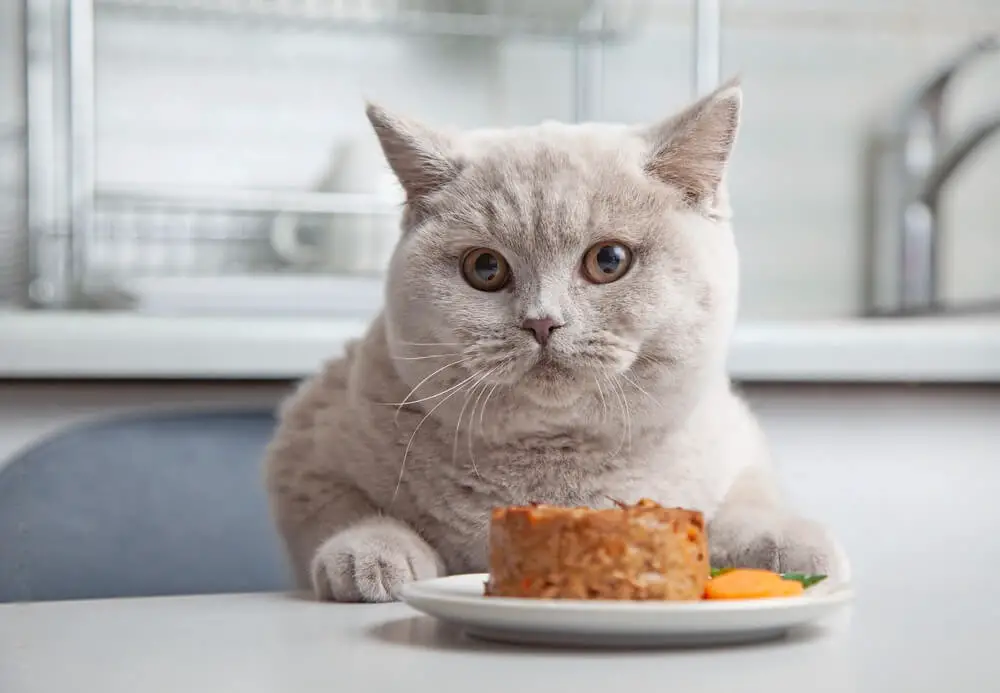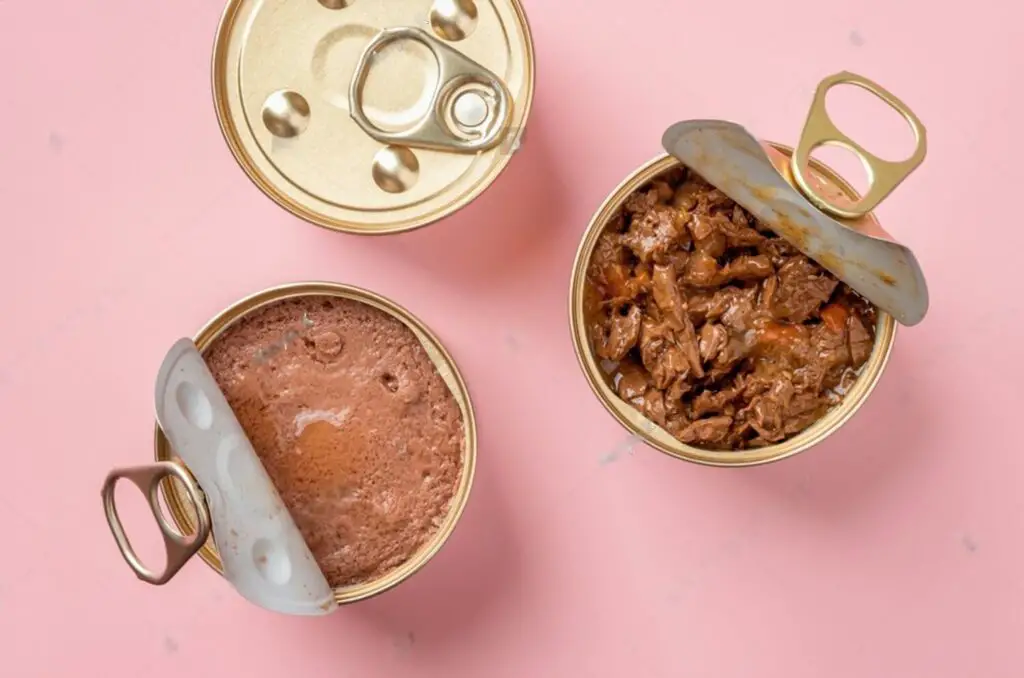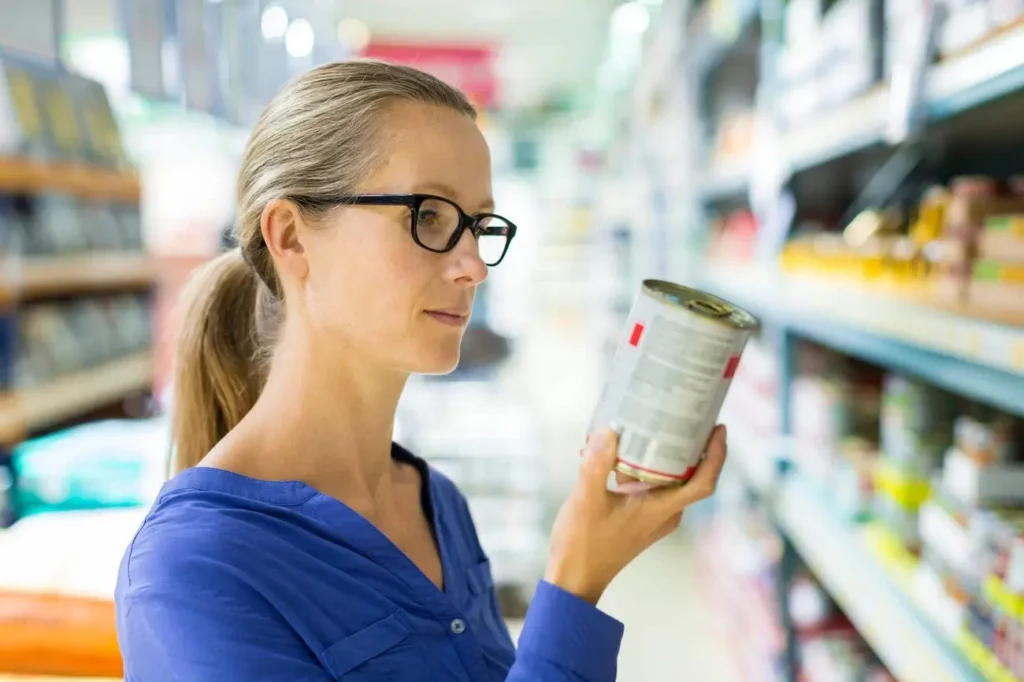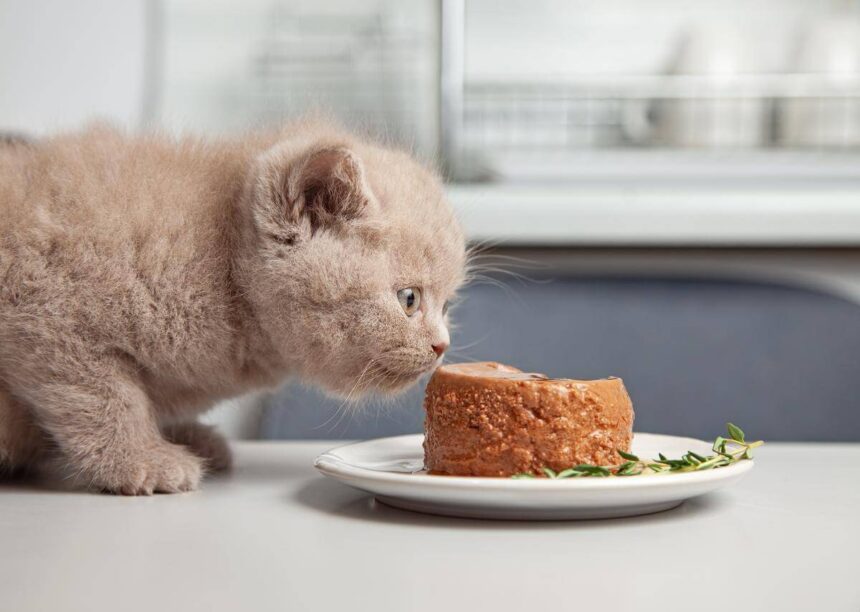You know, when it comes to our fluffy feline friends, we all want to make sure they get the best of the best. From adorable toys to a cozy bed, we love pampering our kitties. And, as a cat parent, you’ve likely wondered about the different types of cat food out there. And one term that pops up a lot is pâté. But one thing that often leaves us scratching our heads is the term “pate” on cat food labels. So, what does pâté mean in cat food? Is it some fancy French cuisine for cats? Well, hold your cats, because today, we’re diving deep into the meaty details of this feline delicacy.
What is Pâté Cat Food?
Pâté, pronounced pah-TAY, isn’t just a fancy term to make your cat’s dinner sound gourmet. It’s a specific type of wet cat food that’s smooth and uniform in texture. Think of it like a spreadable paste. This type of cat food is made by grinding meat, organs, and sometimes bones into a fine, creamy blend. Unlike other wet cat foods that might have chunks or shreds, pâté is all about that smooth, consistent texture.
Why Pâté?
- Texture: Many cats prefer the texture of pâté. It’s easy to lick up and can be especially good for older cats or those with dental issues.
- Taste: Because it’s made from a mix of meat, organs, and sometimes bones, pâté often has a rich flavor that cats love.
- Nutrient-Dense: Pâté is typically packed with proteins and fats, making it a hearty choice for your feline friend.
What’s in Pâté Cat Food?
When it comes to ingredients, pâté cat food is a mix of various elements, but the core is always meat-based. Here’s a breakdown of what you might find in a can of pâté:
- Meat: The primary ingredient is usually chicken, turkey, beef, or fish. The meat is ground to a fine consistency.
- Organs: Liver, kidney, and heart are common ingredients. These organs are nutrient-dense and provide essential vitamins and minerals.
- Bones: Occasionally, finely ground bones are included for added calcium and other minerals.
- Vegetables and Fruits: Some brands add veggies like peas or carrots, and fruits like cranberries or blueberries for extra nutrients and fiber.
- Broth or Water: Added to give the pâté a moist, smooth texture.
- Additives: These might include vitamins, minerals, and sometimes preservatives to ensure the food is balanced and has a good shelf life.
Is Pâté Good for Cats?

As obligate carnivores, cats thrive on a diet rich in animal proteins. Pâté cat food, with its high meat content, fits the bill perfectly. However, it’s essential to choose a high-quality product to ensure your cat gets all the nutrients they need. Here are some things to consider:
- Protein Content: Look for a pâté that lists meat as the first ingredient.
- No Fillers: Avoid products with a lot of grains, fillers, or by-products.
- Nutritionally Complete: Ensure the pâté meets AAFCO standards for a balanced diet.
Benefits of Pâté for Cats
- Easy to Eat: Perfect for cats of all ages, especially seniors or those with dental problems.
- Rich in Protein: Supports muscle maintenance and overall health.
- Hydrating: Wet food helps keep your cat hydrated.
Potential Downsides
- Caloric Content: Pâté can be calorie-dense, so portion control is essential to avoid obesity.
- Cost: Generally more expensive than dry food.
- Shelf Life: Once opened, it doesn’t last long in the fridge.
Comparing Pâté with Other Cat Food Types

When you’re shopping for cat food, you’ll notice various types, including minced, morsels, and gravy-based foods. How does pâté stack up?
Pâté vs. Minced Cat Food
- Texture: Pâté is smooth, while minced food has small, chewable pieces.
- Preference: Some cats prefer minced food for the texture variety.
- Digestibility: Pâté can be easier to digest due to its smoothness.
Pâté vs. Morsels
- Texture: Morsels are chunkier compared to the creamy consistency of pâté.
- Eating Experience: Morsels can mimic the natural eating habits of cats, who often enjoy chewing pieces.
- Satiety: Chewing morsels can help a cat feel more satisfied.
Pâté vs. Gravy-Based Foods
- Hydration: Gravy foods have a higher moisture content, which is great for hydration.
- Taste: Some cats might prefer the taste of gravy-covered morsels.
- Cleanliness: Pâté can be less messy compared to gravy-based foods.
EPIC Wet Cat Food COMPARISON! Pate – Minced – Morsels – Kitten – Veggie – Whole Hearted Cat Food
Is Pâté Better for Cats than Other Types?
The answer to this largely depends on your cat’s preferences and health needs. Some cats might love the rich, creamy texture of pâté, while others might prefer the variety in minced or morsel foods. It’s about finding what works best for your feline friend.
Is Pate Bad For Cats?
Here’s the thing: pate might seem like a gourmet treat, but it’s not exactly a full-meal deal for your whiskered buddy. It lacks the complete nutritional goodness your cat needs to thrive.
You see, pate often carries high levels of fat and sodium, along with pesky preservatives and additives. Not exactly the A-list diet for your furball. It’s like serving them junk food day in and day out, and that’s a no-go for their health!
But hey, we’re not saying toss the pate out the window entirely! If your cat goes wild for it, fine, let them savor it once in a while. We all love our guilty pleasures. Just remember, moderation is key!
When it comes to your fur baby’s nutrition, balance is the name of the game. Mix in some high-quality cat food with all the essential nutrients to keep them bouncing with energy, shiny-coated, and whisker-licking happy
How to Choose the Best Pâté Cat Food
With so many options on the market, picking the right pâté can be overwhelming. Here are some tips to help you make an informed decision:
Read the Label

- Ingredients: Look for real meat as the first ingredient. Avoid artificial preservatives and fillers.
- Nutritional Information: Ensure it meets the standards for a complete and balanced diet.
- Brand Reputation: Choose brands known for their quality and safety standards.
Consider Your Cat’s Needs
- Age: Kittens, adults, and senior cats have different nutritional needs.
- Health: Cats with specific health issues may need specialized diets. Consult your vet if you’re unsure.
Try Different Flavors
Cats can be finicky eaters. Don’t be afraid to try different flavors and brands to see what your cat prefers.
How to Transition Your Cat to Pâté
Switching cat foods should be done gradually to avoid digestive issues. Here’s a simple way to transition:
- Mixing: Start by mixing a small amount of pâté with your cat’s current food. Gradually increase the amount of pâté over a week.
- Observation: Watch for any signs of digestive upset, like diarrhea or vomiting. If any issues arise, slow down the transition.
- Patience: Be patient. Some cats take longer to adjust to new foods.
Common Myths About Pâté Cat Food
Myth 1: Pâté is Just a Fancy Term for Cat Food
While pâté might sound gourmet, it’s a specific type of cat food with a unique texture and formulation. It’s not just a marketing gimmick.
Myth 2: All Pâté is Created Equal
Not all pâté cat food is the same. Ingredients, nutritional value, and quality can vary widely between brands. Always read the labels and choose high-quality products.
Myth 3: Pâté is Only for Senior Cats
While it’s true that senior cats might benefit from the easy-to-eat texture, cats of all ages can enjoy and benefit from pâté.
Making Homemade Pâté Cat Food
Feeling adventurous? You can make your own pâté at home. This allows you to control the ingredients and ensure your cat is getting the best. Here’s a basic recipe:
Ingredients
- Chicken or Turkey: Boneless, skinless
- Liver: Chicken or beef liver
- Broth: Low sodium
- Vegetables: Optional, like carrots or peas
Instructions
- Cook the Meat: Boil the chicken or turkey until fully cooked.
- Cook the Liver: Boil the liver until cooked through.
- Blend: In a food processor, blend the meat and liver until smooth. Add a bit of broth to achieve the desired consistency.
- Add Vegetables: If using, add cooked vegetables and blend until smooth.
- Store: Store in the fridge for up to 3 days or freeze in portions.
Tips for Homemade Pâté
- Consult Your Vet: Before making any changes to your cat’s diet, consult your veterinarian to ensure it meets your cat’s nutritional needs.
- Balance: Ensure the homemade pâté is nutritionally balanced. Consider adding supplements if needed.
Conclusion: What Does Pâté Mean in Cat Food?
In a nutshell, pâté cat food is a smooth, creamy, nutrient-dense option that many cats love. It’s made from finely ground meat, organs, and sometimes bones, often enhanced with vegetables, fruits, and other ingredients. While it might seem like a simple choice, ensuring you pick a high-quality product can make a significant difference in your cat’s health and happiness.
Choosing the right pâté involves looking at the ingredients, understanding your cat’s needs, and sometimes, a bit of trial and error to find what they love. Whether your feline friend prefers the smooth texture of pâté or another type of wet food, what’s most important is that they’re getting a balanced, nutritious diet.
So next time you’re browsing the cat food aisle or shopping online, you’ll know exactly what pâté means in cat food and why it might be the purr-fect choice for your kitty. Happy feeding!



